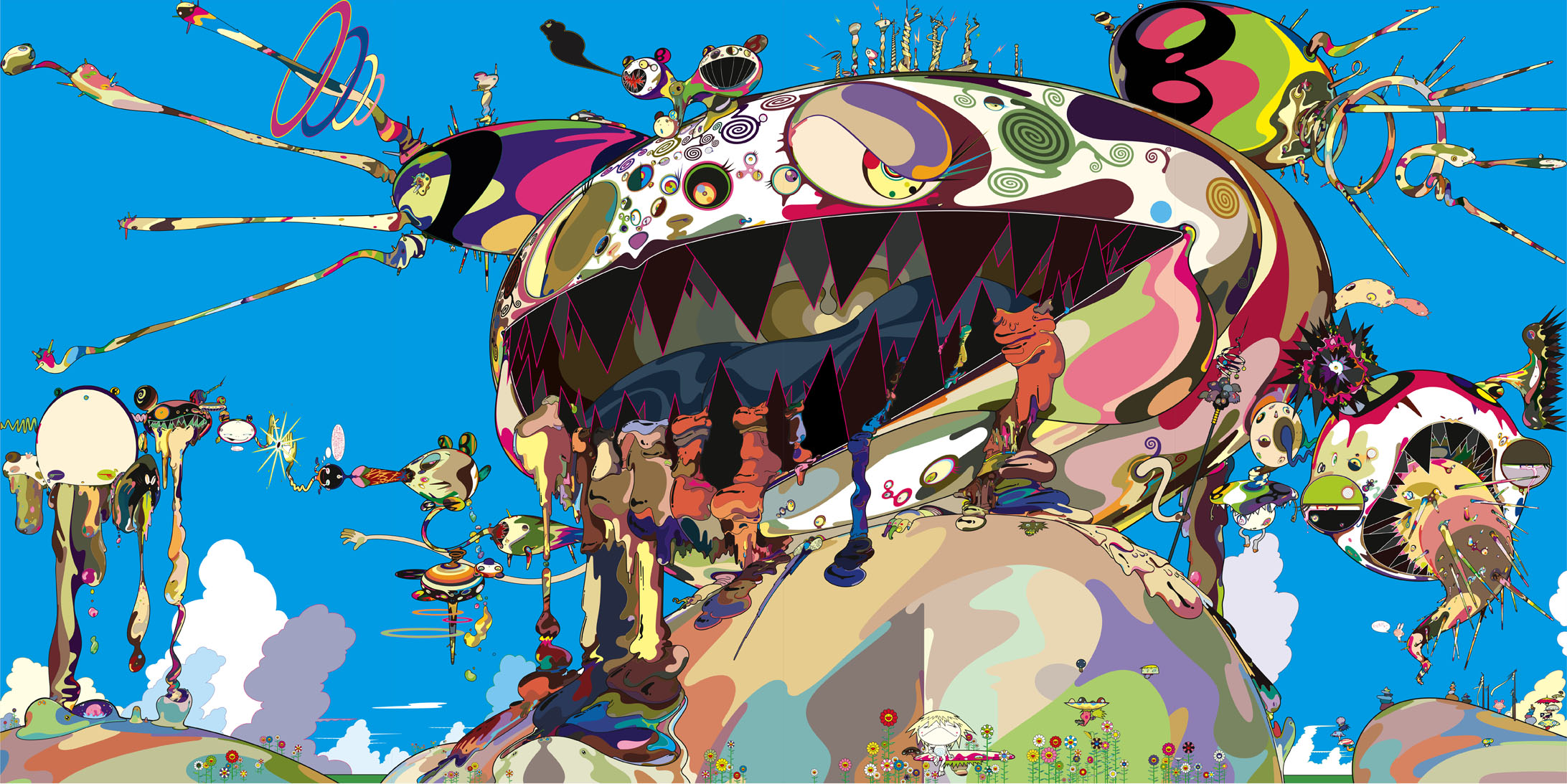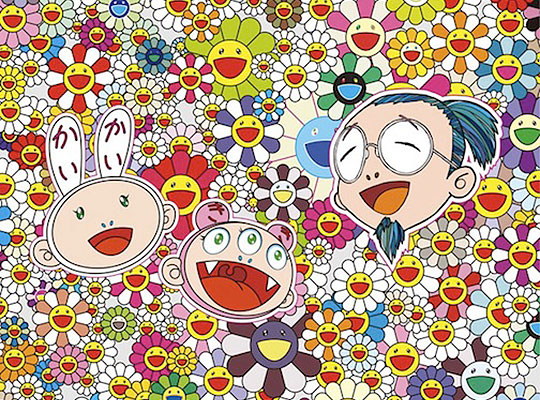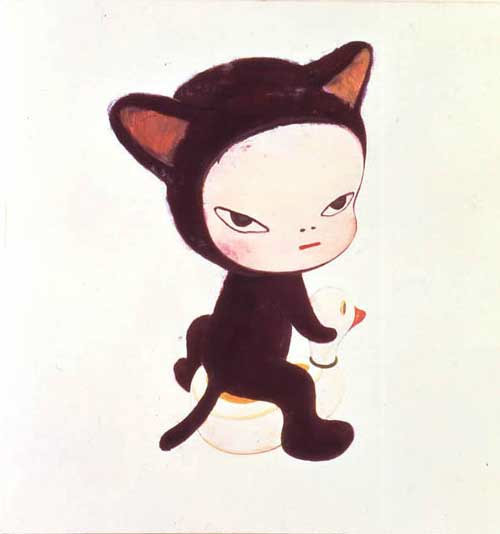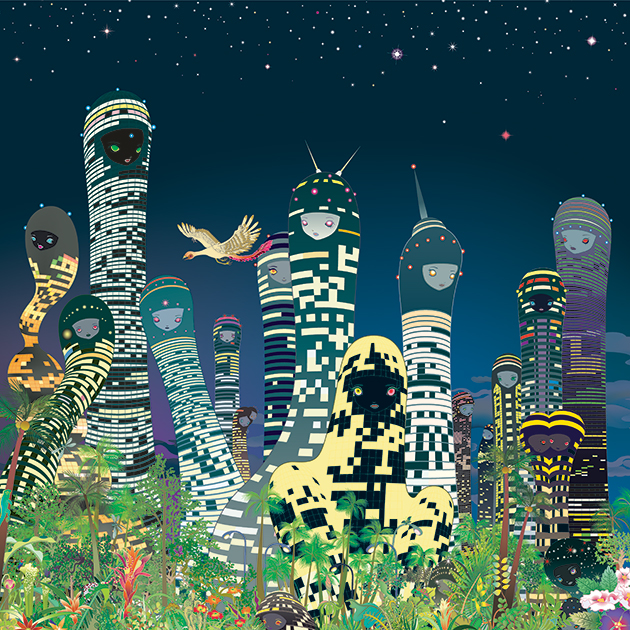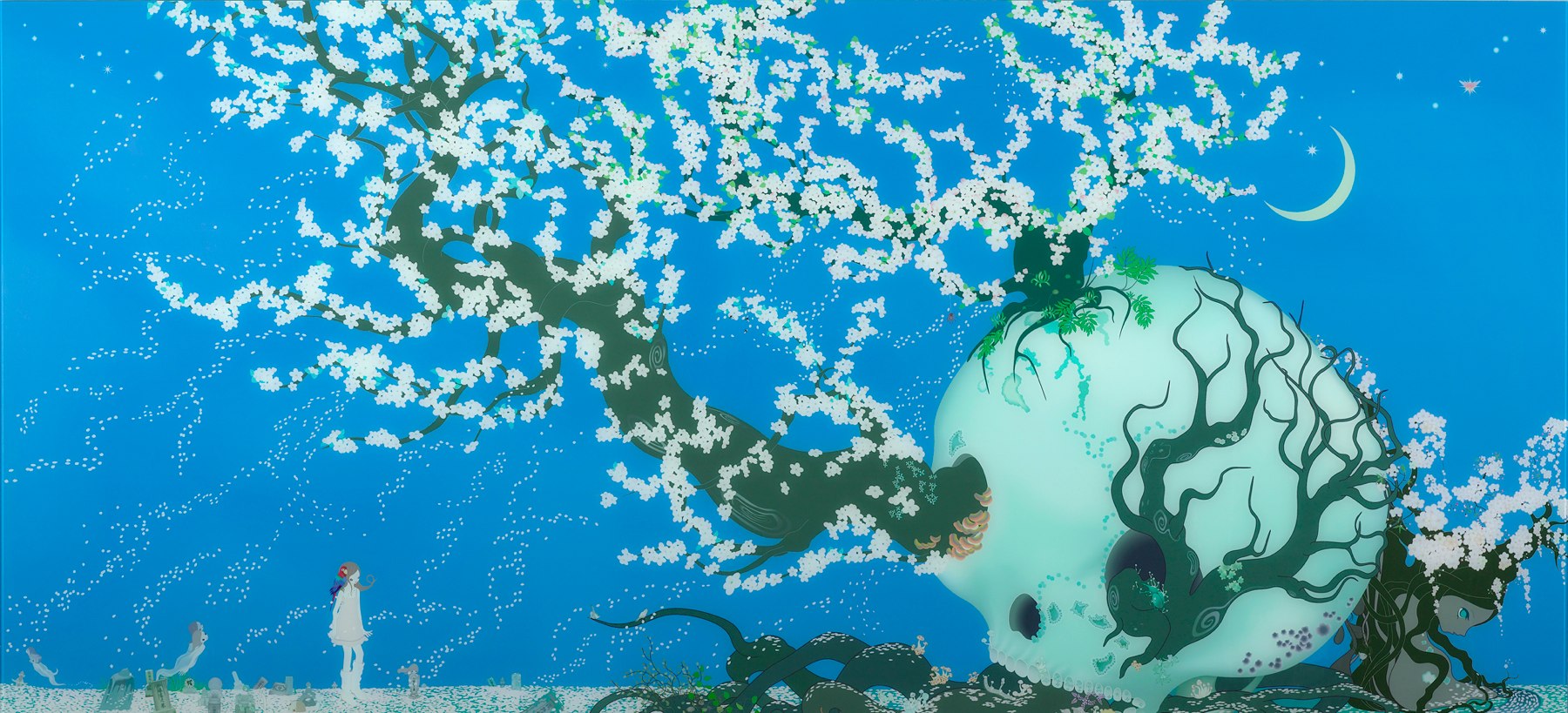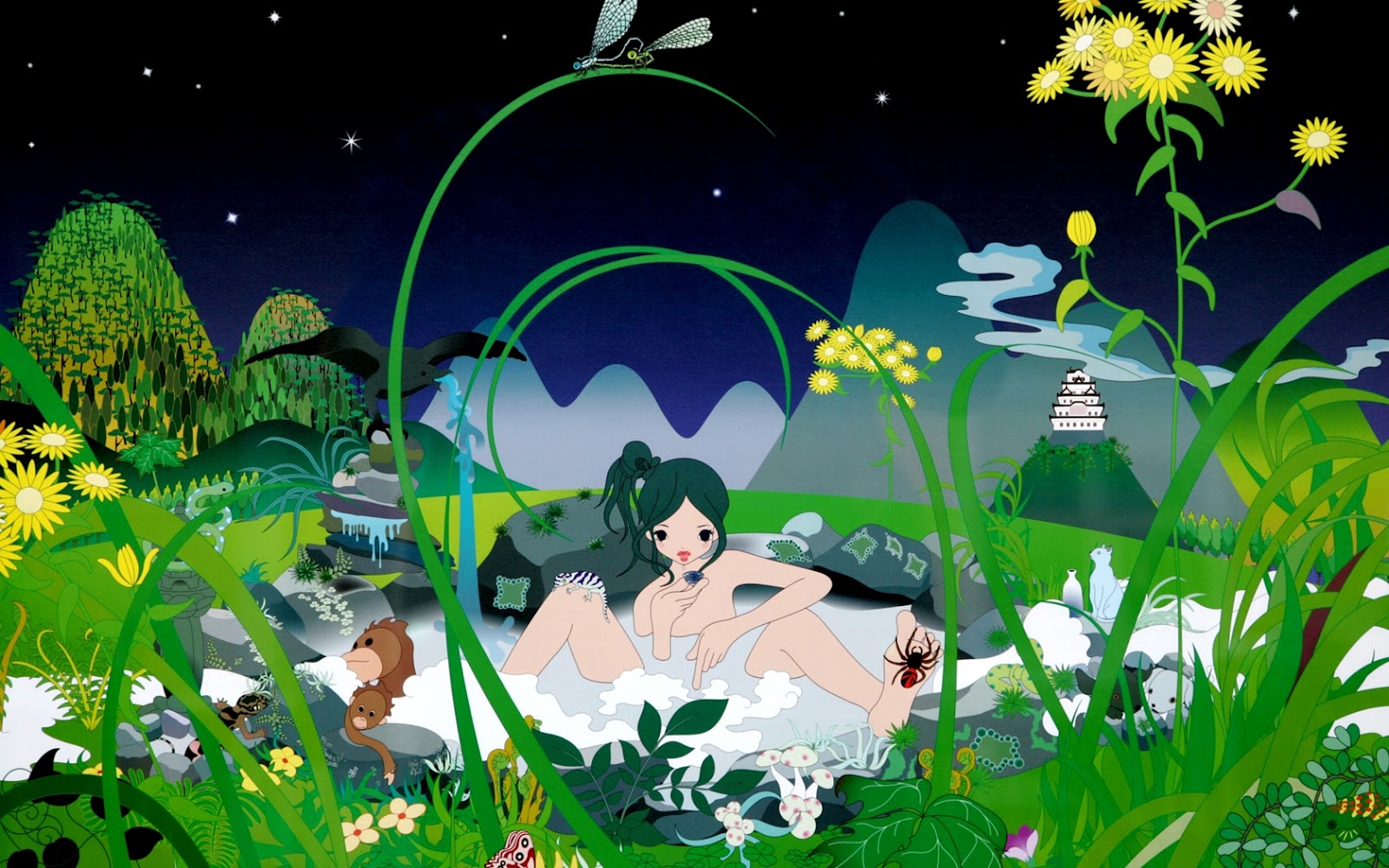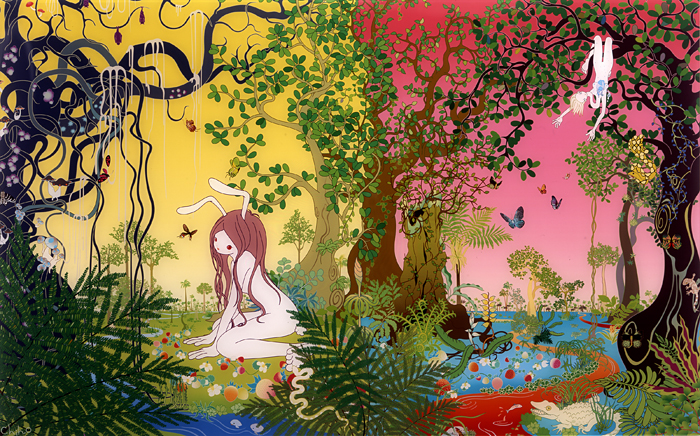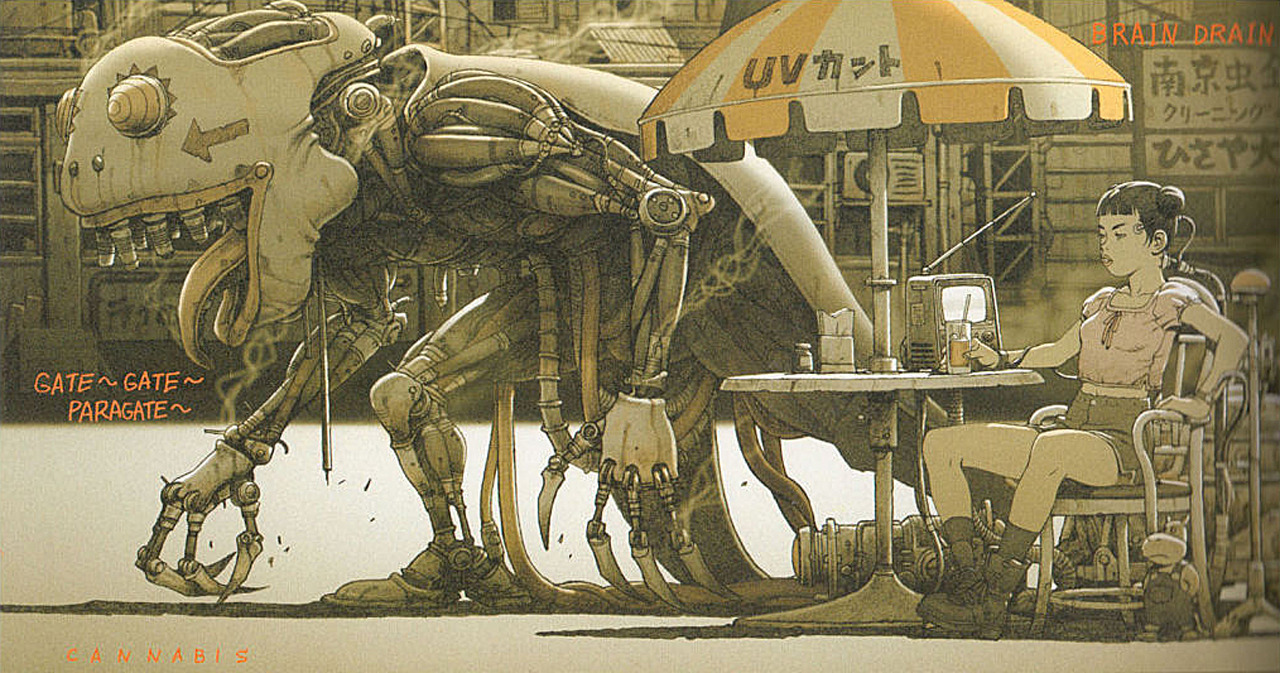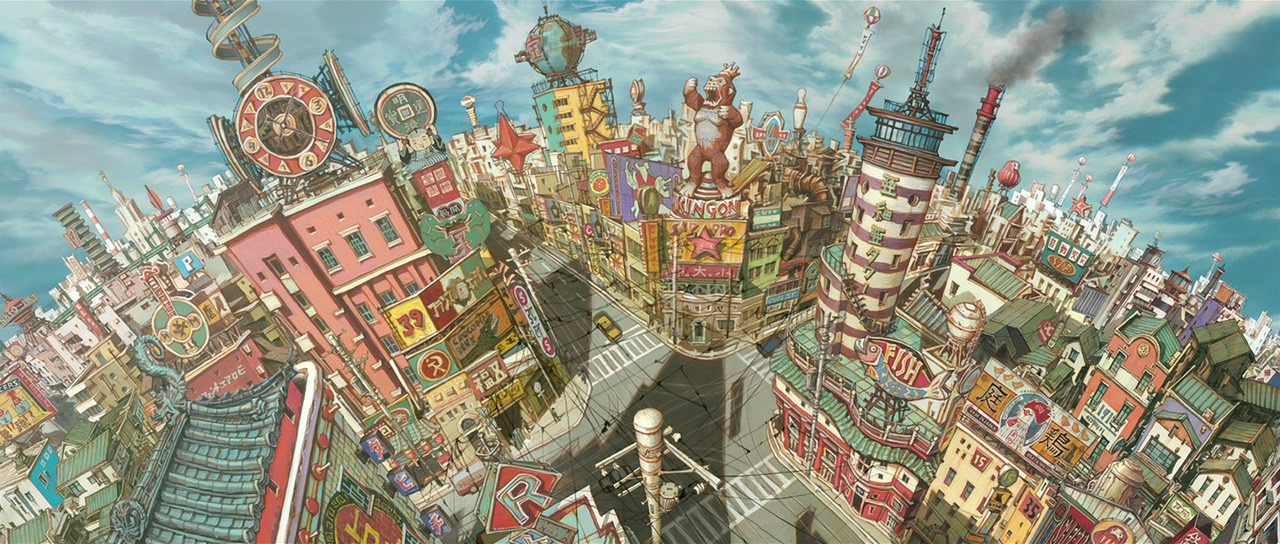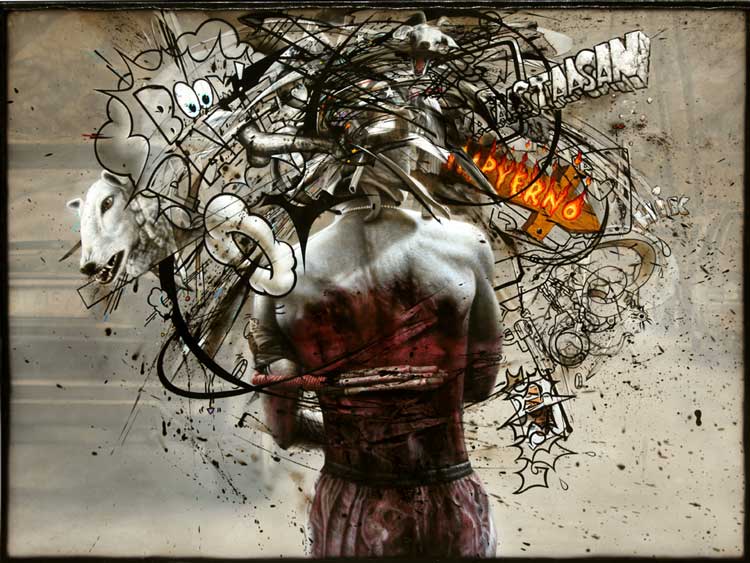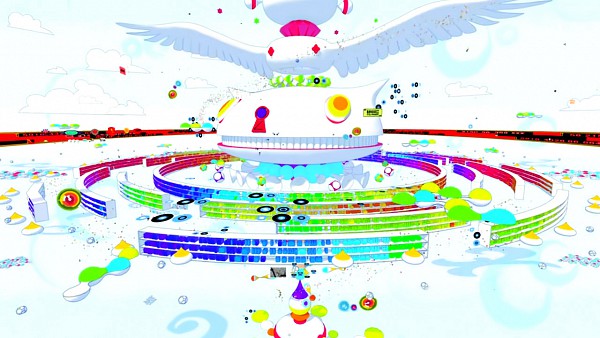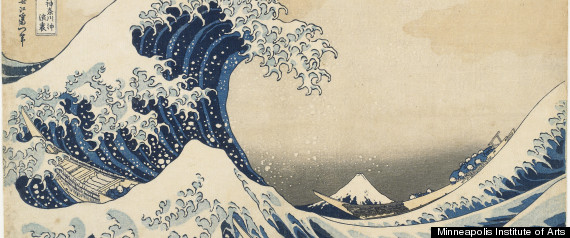I did a search and found exactly one result on this from '08. Shame, it's something I think is worth talking about.
Superflat is the name given to Japan's 2D pop culture obsession with cute things. That's an incredible oversimplification that doesn't do the term justice so I'm going to quote Wikipedia:
Examples and artists:
Some additional links for further reading:
Hyperallergenic
Artradarjournal
I find this a fascinating terminology to the subculture I've been part of for so long and it's humbling to know how fleeting and in the moment it is. The anime/manga subculture, widespread and far reaching as it is, having affected so many lives, is just another pop fad. In 20-30 years will it still exist? At least in the form that it is now. We've seen anime and manga evolve dramatically over the past few decades.
Superflat is the name given to Japan's 2D pop culture obsession with cute things. That's an incredible oversimplification that doesn't do the term justice so I'm going to quote Wikipedia:
Wikipedia said:
"Superflat" is used by Murakami to refer to various flattened forms in Japanese graphic art, animation, pop culture and fine arts, as well as the "shallow emptiness of Japanese consumer culture."
Examples and artists:
Takashi Murakami said:
Yoshitomo Nara said:
Chiho Aoshima said:
Koji Morimoto said:
Tekkon Kinkreet said:
Ronald Ventura said:
Some additional links for further reading:
Hyperallergenic
Artradarjournal
I find this a fascinating terminology to the subculture I've been part of for so long and it's humbling to know how fleeting and in the moment it is. The anime/manga subculture, widespread and far reaching as it is, having affected so many lives, is just another pop fad. In 20-30 years will it still exist? At least in the form that it is now. We've seen anime and manga evolve dramatically over the past few decades.


